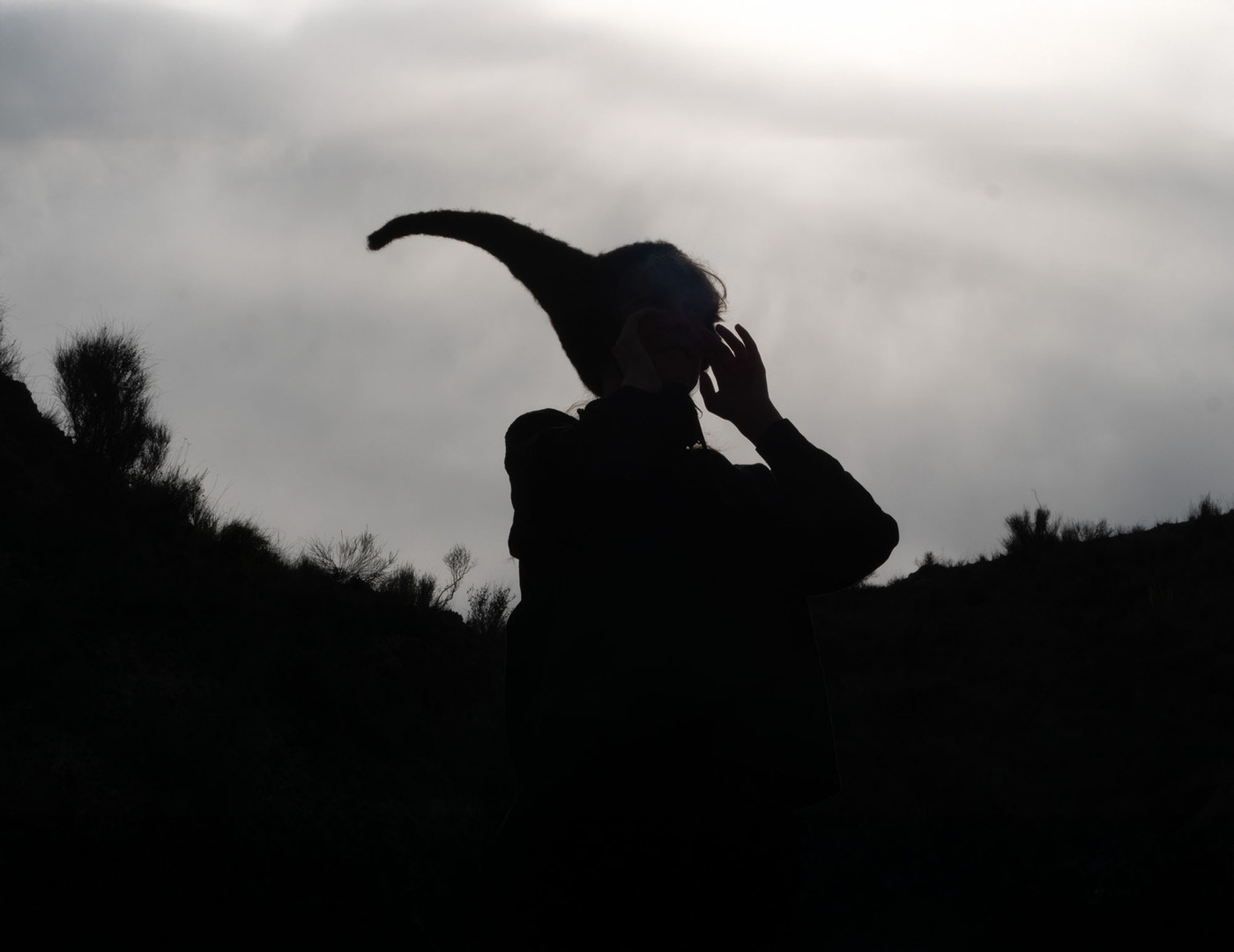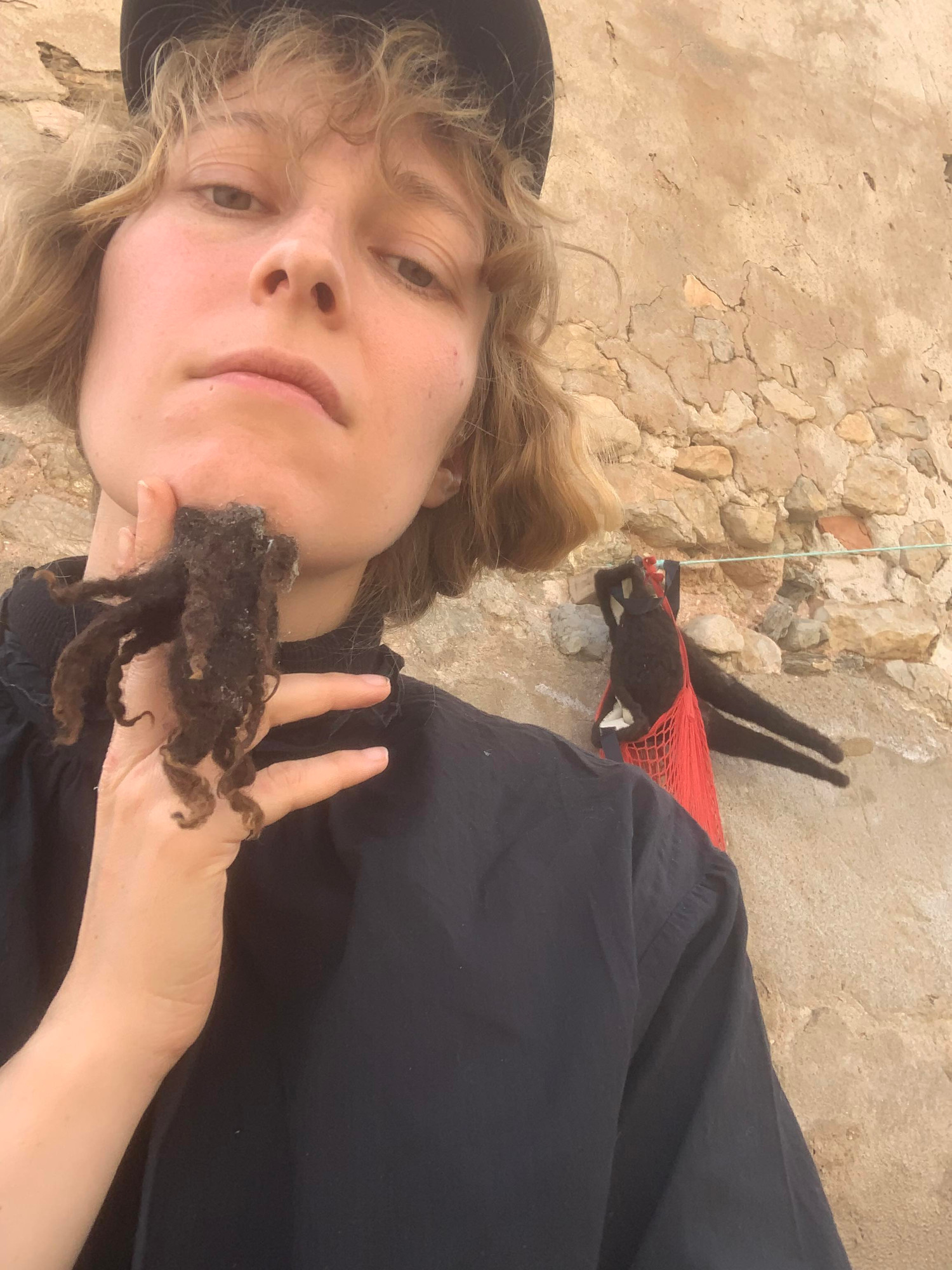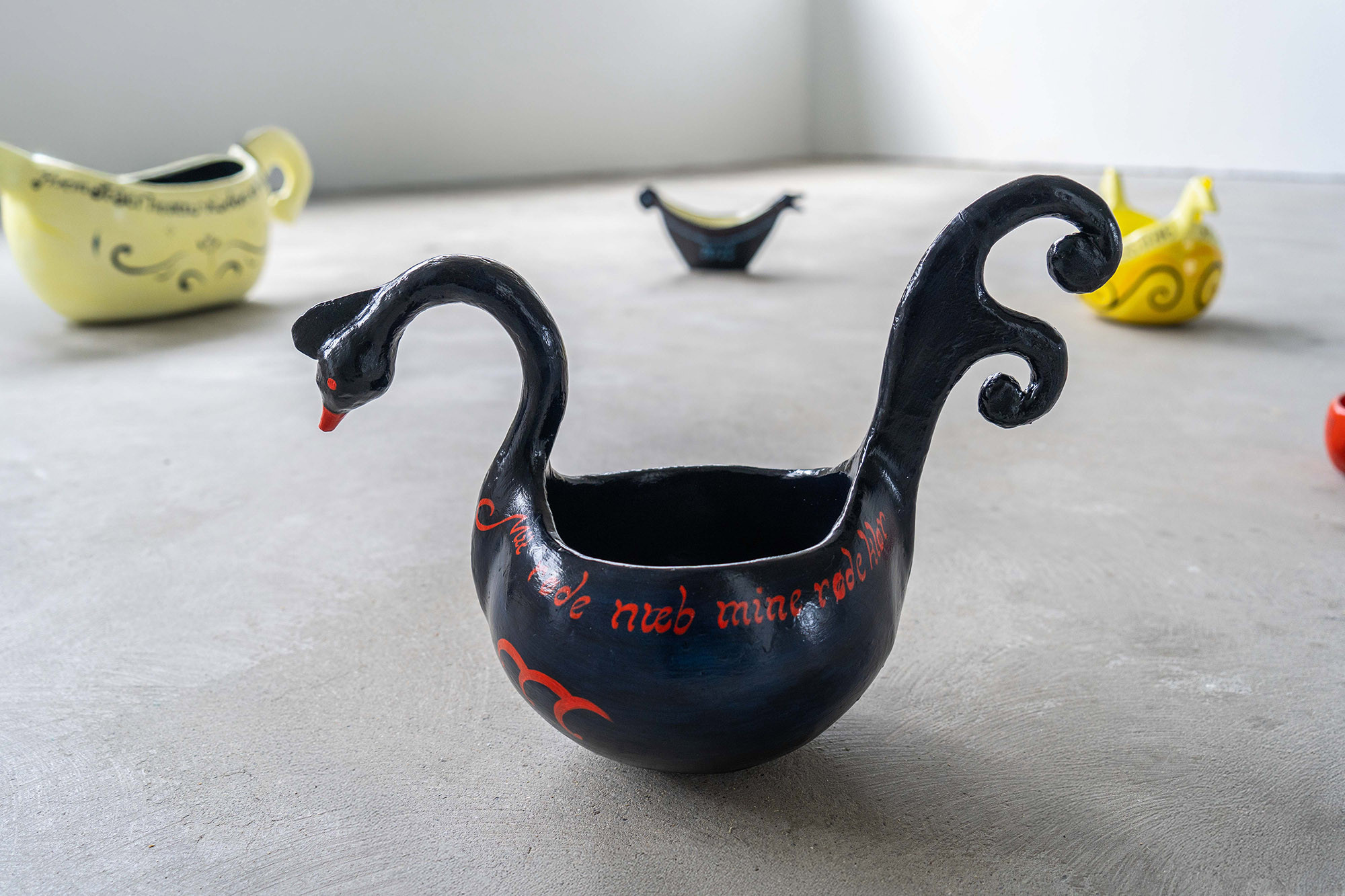Sarah Sikorie selected for artist residency
Artist and archaeologist Sarah Sikorie (she/they, 1991, Denmark) has been selected for the Oslo Closed artist residency at Anatomigården.
From 15 June to 15 October, she will have a workspace in one of Oslo’s oldest buildings, where she will use the space to complete the art project The Devil Can’t Sing.

“Sarah came in with a clear and well-defined project, and the only thing she lacked was a space to complete the final parts,” says Frida Rusnak, jury member and director of Oslo Open.
The project explores myths and vocal traditions linked to traditional mountain dairy farming. Seter culture is a female-led form of agriculture with roots dating back to the Iron Age and was recently added to UNESCO’s list of intangible cultural heritage. Sikorie draws on this rich tradition to shed light on alternative historical narratives, where women and non-human actors play central roles.
Sikorie contributes knowledge about kulokk, a vocal tradition used to communicate with animals over long distances, which she has studied and practised at Norwegian seter farms. In this project she is collaborating with the musician, filmmaker and researcher Zirenia, who works within the Mexican musical tradition Son Jarocho. Both traditions originate from peasant communities and, at different times, have provided women with space for autonomy and freedom of expression. Together with a growing network of professionals and tradition bearers, they are building an archive of these two traditions and their points of connection.
“From this, we are developing costumes and props that will be activated in performative rituals, which will be interwoven in the film we are working towards. The studio at Anatomigården will enable us to complete the production of these elements and work on editing and post-production,” says Sikorie.
Sikorie’s practice lies at the intersection of archaeology, sculpture, and performance, with a particular focus on agriculture’s forgotten histories. In this project, she reconstructs narratives that make space for life forms beyond those that dominate current understandings of nature, gender, and identity. Sikorie has previously exhibited at, among others, Galleri F15 (NO), Centro Negra (ES), and Kh7artspace (DK), and runs the nomadic exhibition platform Vandrestaven.

First artist residency at Oslo Open
The open call for the Oslo Closed artist residency received 36 applications. The jury consisted of Mimmi Mattila, artist and project coordinator for Oslo Open; Sisse Lee, artist and member of the Oslo Open board; and Frida Rusnak, curator, art historian and director. They prioritised applicants without a permanent studio, who had a clear plan for how they would use the residency, and who could explain why this opportunity is important to them at this point in time.
“We believe that the residency can have a positive effect for Sarah at this stage in her career and for the project she is currently working on. We also appreciate that she can use the space to collaborate with her partner,” says Rusnak.
It was important to the jury that the type of production was well-suited to both the location and the short time frame of four months. Several applicants primarily needed a permanent workspace.
“One project won’t solve the significant lack of studios in Oslo. But we want to make use of the off-season, when we aren’t using the space, to do something positive for artists. More art institutions should share their resources,” says Rusnak.
Sarah Sikorie is clear about what the residency means to her:
“There is a huge difference between working in a space dedicated to artistic production and working in your living room at home.”
That said, she assures her studio neighbours that she won’t be practising kulokk during office hours.
